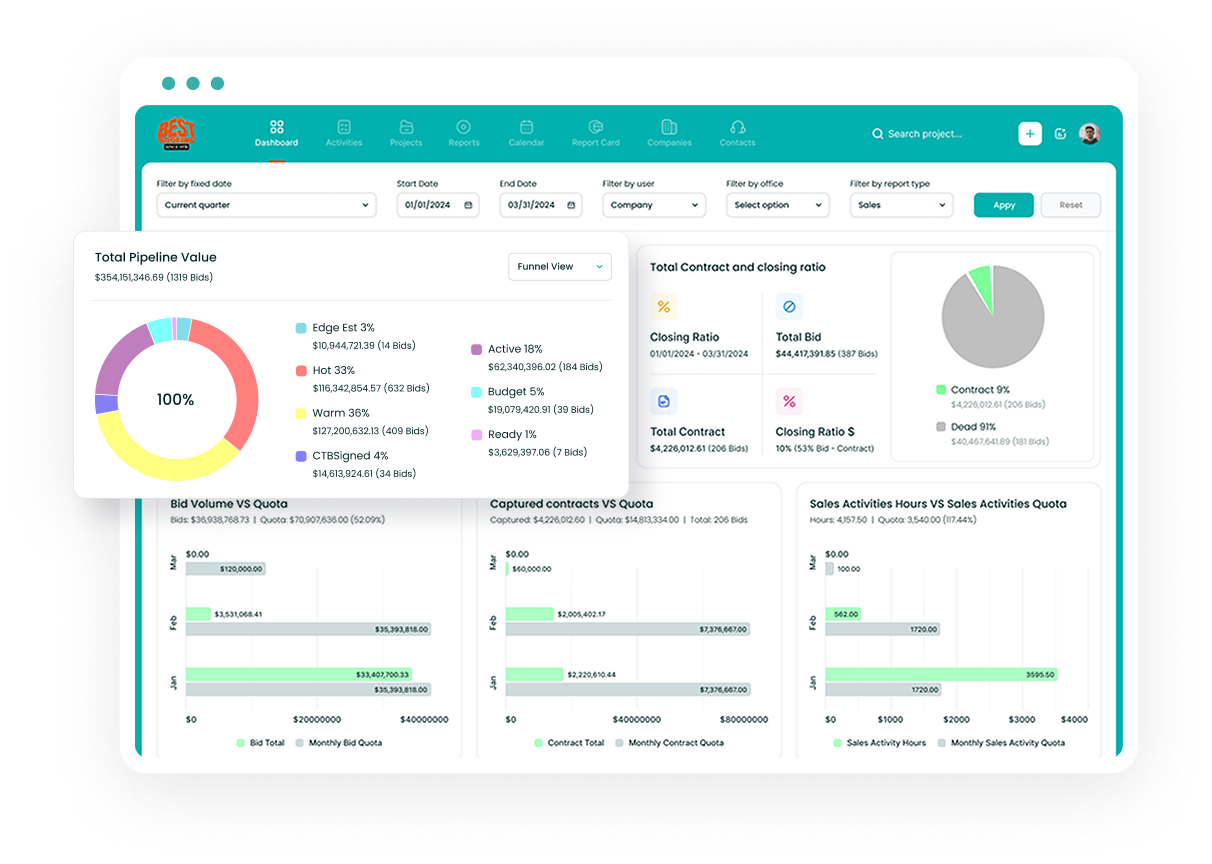How to Backup Sage 100 ERP
In today’s fast-paced business environment, safeguarding your financial data is not just important—it’s essential. Data loss due to system failures, cyber-attacks, or human error can cripple your operations, leading to significant downtime and financial setbacks. Fortunately, there is a reliable solution: implementing a robust backup process for your Sage 100 ERP system. This guide will walk you through the steps and best practices to ensure your company data files are secure and your business can maintain continuity under any circumstance.
Why Backup Sage 100 ERP Matters
Data protection has become increasingly vital for businesses using Sage 100 ERP systems. Companies rely on this robust software to manage their financial operations, from daily transactions to complex inventory management. When system failures or unexpected issues occur, having secure backups ensures your business can recover quickly and continue operations without significant disruption.
Modern businesses face numerous challenges when it comes to data security and system reliability. A comprehensive backup strategy for Sage 100 ERP protects against various scenarios, including hardware malfunctions, cyber threats, and human errors. Organizations must prioritize regular backups to maintain business continuity and protect sensitive financial information.
Your company's financial data represents years of transactions, customer relationships, and business growth. Implementing proper backup procedures safeguards this valuable information while ensuring compliance with data retention requirements. Regular backups also support system upgrades and maintenance activities, providing a safety net for your operations.
Essential Sage 100 Components
The Sage 100 ERP system consists of multiple interconnected parts that work together to manage your business operations. Understanding these components helps create an effective backup strategy that covers all critical data points. Each element requires specific attention during the backup process to ensure complete data protection.
Company data files store your day-to-day business information, including financial records, customer details, and inventory data. These files are organized by company codes and contain the operational history of your organization. Program files enable the functionality of various modules such as Accounts Payable and Receivable, making them essential for system operation.
Premium edition users must consider additional SQL database requirements. This database layer adds complexity to the backup process but provides enhanced data management capabilities. Users of Paperless Office features need to include document management systems and PDF storage in their backup routines.
Backup Methods and Procedures
Creating reliable backups involves several approaches depending on your specific needs and system configuration. The Copy Company feature provides a straightforward method for duplicating your active company data. This built-in tool ensures all modules and related information are properly preserved.
Premium edition users require specialized procedures for SQL database backup. This process encompasses both the system database and individual company databases. Regular scheduling of these backups maintains data consistency and provides reliable recovery points.
Program and data file backups require attention to multiple directory locations. These include system files, company data files, and any configured alternate directories. A comprehensive approach ensures all components are properly protected and readily available for recovery when needed.
Organizations should maintain documentation of their backup procedures and regularly update these guidelines as systems change. Training staff on proper backup procedures helps prevent errors and ensures consistent execution of backup tasks. Regular testing of backup processes validates their effectiveness and identifies potential improvements.
Here are the critical locations that require regular backup protection:
- System directories containing core program files
- Company-specific data directories and related files
- Customized forms and report templates
- Paperless Office document storage locations
- SQL database files for Premium edition users
Implementing Backup Best Practices
Creating an effective backup strategy requires careful planning and consistent execution. Organizations must establish regular backup schedules that align with their operational needs and data protection requirements. Daily backups during off-peak hours minimize disruption while ensuring recent changes are captured.
Storage considerations play a crucial role in backup success. Organizations should utilize multiple storage locations to protect against various failure scenarios. This includes maintaining copies on separate physical devices and considering cloud-based solutions for additional protection.
Verification procedures ensure backup integrity and reliability. Running trial balances and comparing totals between source and backup companies confirms data accuracy. Regular testing of restore procedures validates the entire backup process and builds confidence in recovery capabilities.
Security measures protect backup data from unauthorized access and potential threats. These steps maintain data confidentiality and compliance with business requirements:
- Implement strong encryption for all backup files and storage locations.
- Establish access controls that limit backup management to authorized personnel.
- Create detailed logs of all backup activities and regularly review for anomalies.
- Test restore procedures quarterly to validate backup integrity.
Advanced Backup Strategies
Modern backup solutions offer sophisticated features that enhance data protection capabilities. Incremental backups reduce storage requirements by focusing on recent changes, while automated tools ensure consistent execution of backup procedures. These advanced approaches improve efficiency while maintaining comprehensive protection.
Cloud-based backup solutions provide additional benefits for organizations seeking enhanced protection. These services offer automatic synchronization, versioning capabilities, and geographic redundancy. Integration with existing systems streamlines the backup process and reduces administrative overhead.
Organizations should evaluate their backup needs regularly and adjust strategies accordingly. This ongoing assessment ensures protection measures remain aligned with business requirements and technology changes. Regular reviews also identify opportunities for improvement and optimization.
Successful backup strategies require proper resource allocation and support. Consider these important aspects when developing your approach:
- Available storage capacity and growth requirements
- Network bandwidth and backup window constraints
- Staff training and documentation needs
- Recovery time objectives and point objectives
- Compliance requirements and retention policies
Recovery and Restoration Process
Effective data recovery depends on well-documented procedures and regular testing. Organizations must maintain clear guidelines for restoration processes and ensure staff members understand their roles during recovery situations. Regular practice sessions help identify potential issues before actual emergencies occur.
The restoration process begins with accessing backup files and selecting appropriate recovery points. Staff members must follow established procedures carefully to prevent data corruption or loss during restoration. Verification steps confirm the success of recovery operations and identify any necessary adjustments.
Recovery procedures should include provisions for partial and full system restoration. This flexibility allows organizations to address various scenarios efficiently while minimizing downtime. Documentation should detail specific steps for different recovery situations and include troubleshooting guidance.
Organizations benefit from establishing relationships with experienced consultants and support providers. These partnerships provide valuable expertise during complex recovery situations and help maintain optimal system performance. Regular communication with support resources ensures quick response when assistance becomes necessary.
Automated Monitoring Solutions
Modern backup systems require sophisticated monitoring tools to ensure optimal performance. Automated monitoring solutions track backup processes, alert administrators to potential issues, and maintain detailed logs of all activities. These tools provide real-time visibility into backup operations and help identify potential problems before they impact business operations.
Organizations benefit from implementing automated notification systems that alert relevant personnel when issues arise. These notifications can include backup completion status, storage capacity warnings, and potential security concerns. Regular monitoring reports provide valuable insights into backup performance and help identify areas for improvement.
System administrators can configure monitoring thresholds based on specific business requirements. These customized settings ensure appropriate attention to critical backup operations while minimizing unnecessary alerts. Regular review of monitoring data helps optimize backup processes and maintain system efficiency.
Data Retention Policies
Organizations must establish clear data retention policies that align with business needs and regulatory requirements. These policies define how long different types of data should be preserved and when they can be safely removed from backup storage. A well-structured retention policy helps manage storage costs while ensuring compliance with industry regulations.
Different data types often require varying retention periods based on their importance and regulatory requirements. Financial records, customer information, and transaction data may need extended retention periods, while temporary files can be removed more quickly. Regular review of retention policies ensures they remain current with changing business needs.
Technical teams must implement automated processes to enforce retention policies consistently. These processes identify and remove expired backups while maintaining required historical data. Regular audits verify policy compliance and identify any necessary adjustments to retention procedures.
Storage management becomes increasingly important as backup data accumulates over time. These critical considerations guide effective data management:
- Storage capacity planning and monitoring
- Data classification and prioritization
- Automated cleanup procedures
- Compliance documentation requirements
- Archive storage solutions
Disaster Recovery Integration
A comprehensive disaster recovery plan incorporates backup procedures as a crucial component. Organizations must define clear procedures for utilizing backups during recovery scenarios. These procedures ensure quick restoration of critical systems and minimize business disruption during emergencies.
Recovery teams need regular training on backup restoration procedures and disaster response protocols. This preparation ensures efficient execution during actual emergencies and helps identify potential improvements to recovery processes. Documentation must remain current and accessible to all relevant personnel.
Technical teams should maintain updated recovery point objectives and recovery time objectives. These metrics guide backup frequency and restoration priorities during recovery scenarios. Regular testing validates these objectives and ensures they align with business requirements.
Integration with business continuity plans ensures proper coordination during recovery efforts. These coordinated procedures help maintain essential operations during system restoration:
- Establish clear communication channels for recovery team coordination.
- Define specific roles and responsibilities for backup restoration.
- Document step-by-step recovery procedures for various scenarios.
- Maintain current contact information for all recovery team members.
- Schedule regular reviews and updates of recovery procedures.
Secure Your Sage 100 ERP Today
Implementing robust backup procedures protects your organization's valuable financial data and ensures business continuity. The comprehensive strategies outlined in this guide provide a framework for developing effective backup solutions tailored to your specific needs. Regular maintenance and testing of backup systems maintain their reliability and effectiveness.
Consider working with experienced professionals to evaluate your current backup procedures and identify potential improvements. Their expertise can help optimize your backup strategy and ensure comprehensive protection of your Sage 100 ERP system. Regular assessment of backup requirements helps maintain alignment with evolving business needs.
Remember that effective backup solutions require ongoing attention and refinement. Dedicate appropriate resources to maintaining and improving your backup procedures. Your commitment to data protection supports long-term business success and resilience against potential disruptions.
The CRM Built For Construction Companies
No more disorganized data. Track your leads, bids, and customers all in one place.
Seamless Integration with:
✅ Foundation ✅ Viewpoint ✅ Sage and more

Request a Live Demo Now
Learn more about how Followup CRM can help your construction company grow.





-Jan-28-2025-06-12-46-3736-PM.webp)

-Jan-28-2025-08-14-54-3272-PM.webp)
-Nov-13-2024-07-24-28-6572-PM.webp)